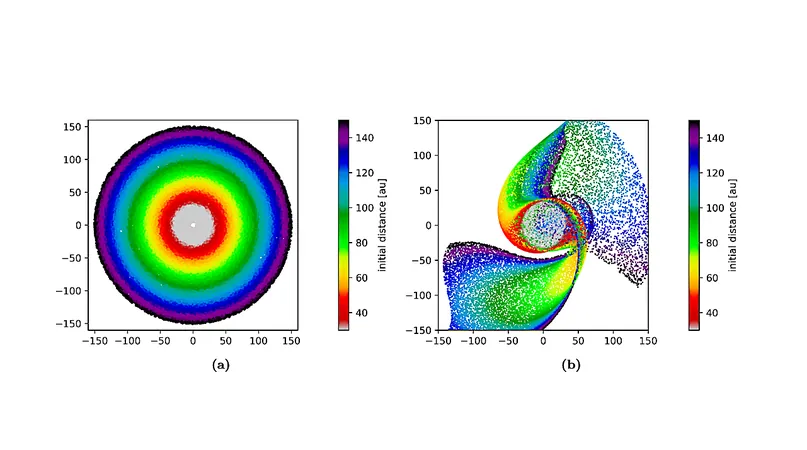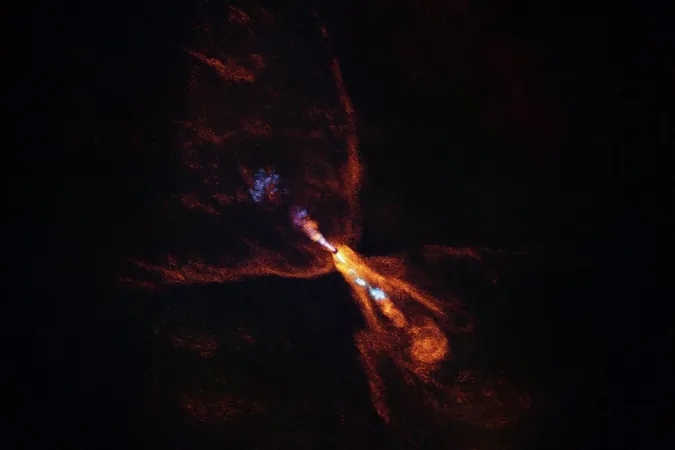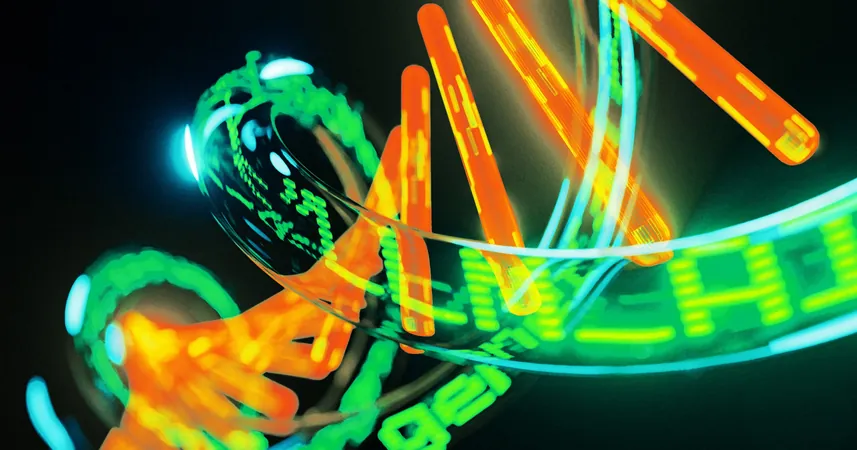
Revealing Cosmic Secrets: Did a Star Once Pass Near Our Solar System?
2025-07-13
Author: Sarah
Did you know that our Solar System might have had an unexpected visitor in its past? Scientists have discovered intriguing evidence suggesting that a nearby star may have made a close flyby, altering the trajectory and color of countless small celestial bodies known as trans-Neptunian objects (TNOs).
These TNOs, the ancient remnants from the formation of planets, orbit beyond Neptune and display a remarkable array of colors, from vibrant reds to muted greys. But here’s the twist: their odd behaviors—like their eccentric orbits and complex inclinations—raise questions. What could be driving such peculiar patterns?
Enter the hypothesis of a stellar flyby! This close encounter could explain not only the unusual orbits of these objects but also their diverse colors. New research proposes that if a star passed closely by during the Solar System's youth, its gravitational pull would create spiral arms in the surrounding disc of gas and dust. This would not only explain the TNOs' color distribution but also their strange orbital dynamics.
The study offers exciting predictions for what future observations could reveal. For instance, it suggests that smaller TNOs located beyond 60 astronomical units (au) are likely to be mostly grey, while retrograde TNOs may notably lack colors typically seen in high-inclination objects. This could provide a critical test for the theory!
Thanks to upcoming observations by the Vera Rubin telescope, we will have the tools to confirm these predictions. If a close flyby is indeed validated, it could unlock secrets about the chemical makeup of the Solar System's primordial disc, shedding light on the very foundations of our cosmic neighborhood.
So, as we gaze into the depths of space, we might just be on the brink of discovering not only our past but also the fascinating dynamics that govern the universe.




 Brasil (PT)
Brasil (PT)
 Canada (EN)
Canada (EN)
 Chile (ES)
Chile (ES)
 Česko (CS)
Česko (CS)
 대한민국 (KO)
대한민국 (KO)
 España (ES)
España (ES)
 France (FR)
France (FR)
 Hong Kong (EN)
Hong Kong (EN)
 Italia (IT)
Italia (IT)
 日本 (JA)
日本 (JA)
 Magyarország (HU)
Magyarország (HU)
 Norge (NO)
Norge (NO)
 Polska (PL)
Polska (PL)
 Schweiz (DE)
Schweiz (DE)
 Singapore (EN)
Singapore (EN)
 Sverige (SV)
Sverige (SV)
 Suomi (FI)
Suomi (FI)
 Türkiye (TR)
Türkiye (TR)
 الإمارات العربية المتحدة (AR)
الإمارات العربية المتحدة (AR)